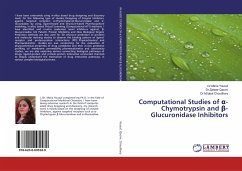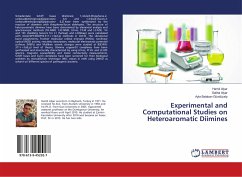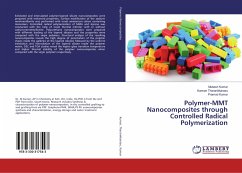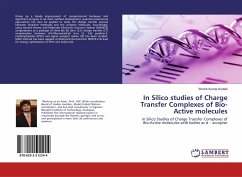
Computational Studies of Proton Transfer through Polymer
A Dynamic Functional Theory
Versandkostenfrei!
Versandfertig in 6-10 Tagen
36,99 €
inkl. MwSt.

PAYBACK Punkte
18 °P sammeln!
An obvious way to capture energy and provide "greener" energy for the future is the production of molecular hydrogen (H2) electrochemically, photochemically, or thermal means. Not only is hydrogen a fuel, but it can be actively processed to produce other fuels. Hydrogen is used in chemical production, metal refining, food processing and electronics manufacturing. However, hydrogen is not freely available and is produced by the chemical conversion of fuels such as hydrocarbons and alcohols. This book looks at the possibilities of chemistry with dihydrogen: the efficient proton transfer from ano...
An obvious way to capture energy and provide "greener" energy for the future is the production of molecular hydrogen (H2) electrochemically, photochemically, or thermal means. Not only is hydrogen a fuel, but it can be actively processed to produce other fuels. Hydrogen is used in chemical production, metal refining, food processing and electronics manufacturing. However, hydrogen is not freely available and is produced by the chemical conversion of fuels such as hydrocarbons and alcohols. This book looks at the possibilities of chemistry with dihydrogen: the efficient proton transfer from anode to cathode through the polymer electrolyte membrane (PEM) in fuel cells. It also explores hydrogenation-dehydrogenation reactions by using transitionmetal free catalysts. To solve the difficulties existing in current high temperature PEM systems based on H3PO4 and imidazole, new types of proton conducting species, like triazole, tetrazole and pendant crown ethers have been explored.












